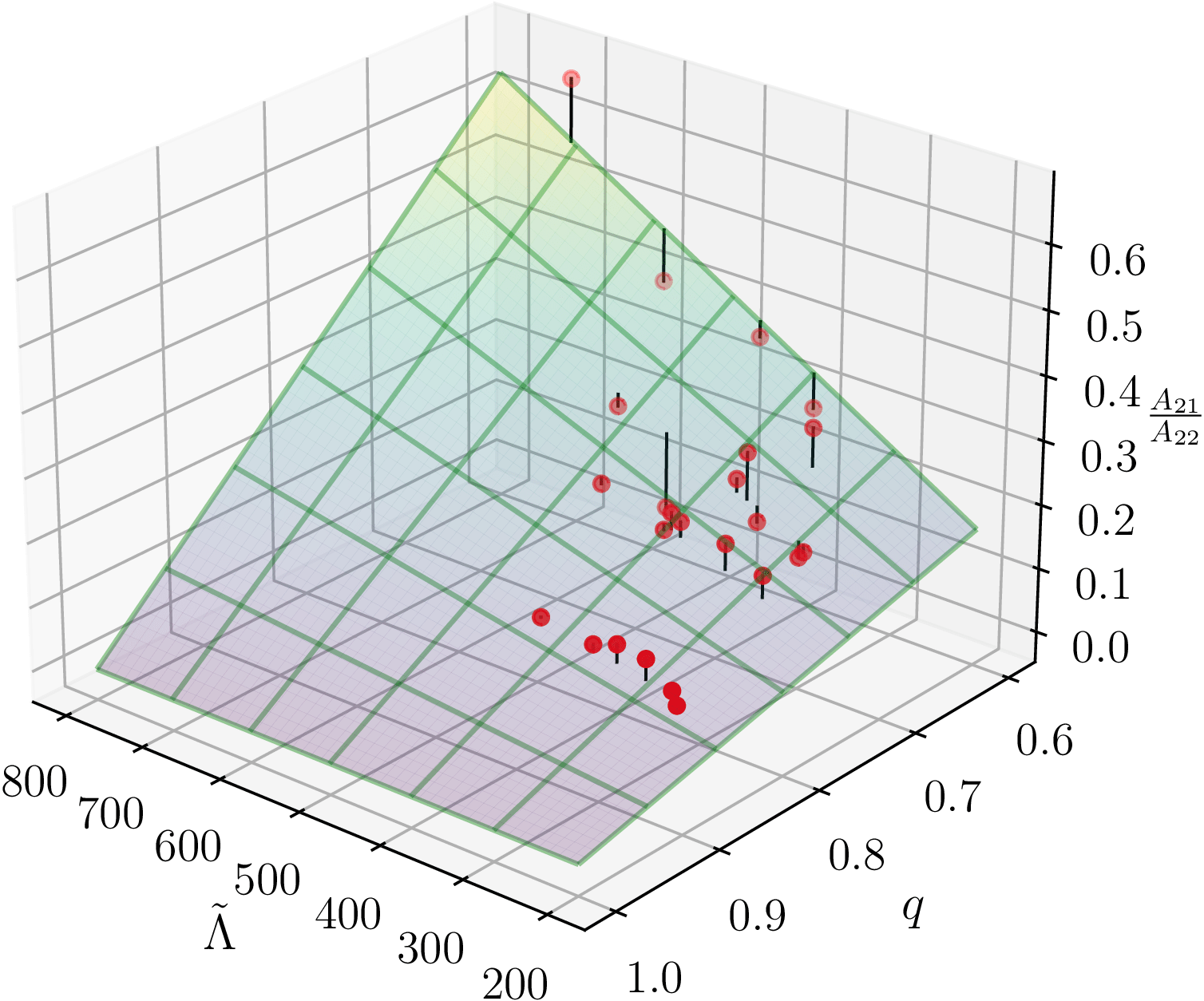In an article recently published on Monthly Notices of the Royal Astronomical Society, we considered the fate of the neutron star merger GW190425, which is widely believed to have formed a black hole promptly upon merger. Motivated by the potential association with the fast radio burst FRB 20190425A, which took place 2.5 h after the merger, we revisited the question of the outcome of GW190425 by means of numerical relativity simulations. We showed that current laboratory and astrophysical constraints on the equation of state of dense matter do not rule out the formation of a long-lived remnant. However, the formation of a stable remnant would have produced a bright kilonova, in tension with upper limits by ZTF at the location and time of FRB 20190425A. Moreover, the ejecta would have been optically thick to radio emission for days to months, preventing a putative FRB from propagating out. Our results indicate that FRB 20190425A and GW190425 are not associated. However, we could not completely rule out the formation of a long-lived remnant, due to the incomplete coverage of the relevant sky regions. More observations of GW190425-like events, including potential upper limit, have the potential to constrain nuclear physics. To this aim, it is important that follow-up observational campaigns of gravitational wave events are informed by the properties of the source, such as their chirp mass, and we urge the LIGO-Virgo-KAGRA collaboration to promptly release them publicly.




